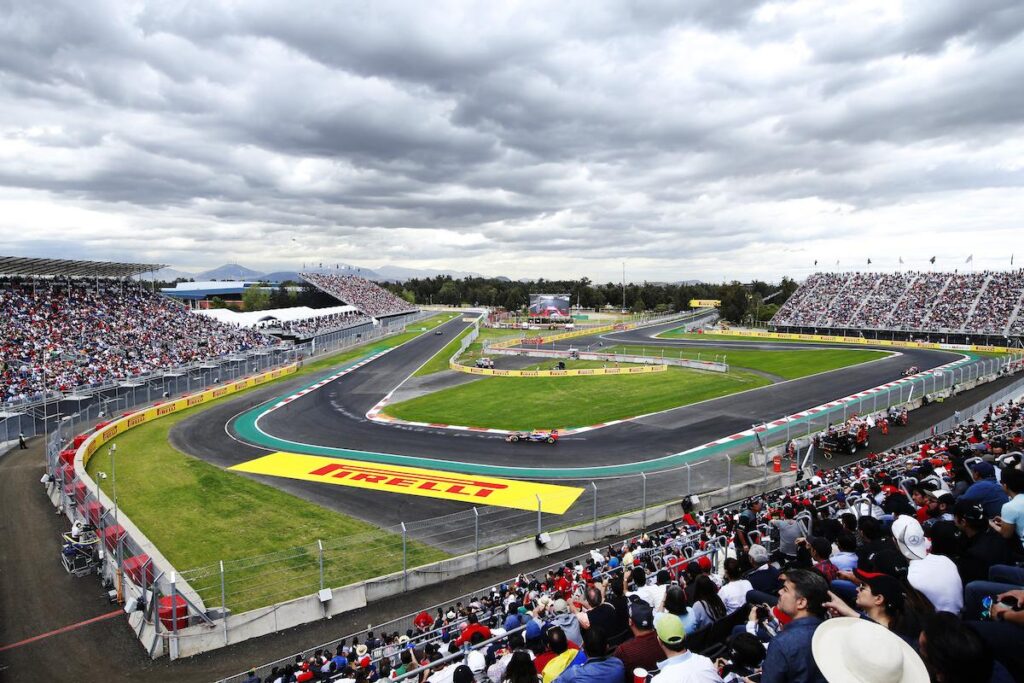
The story of Mexico in Formula 1 is one defined by extremes: the youthful brilliance and immediate tragedy of the Rodríguez brothers, the determined privateer spirit of the late 20th century, and the modern, relentless consistency of its current superstar. Spanning over six decades, six distinct drivers have represented the tricolor flag at the pinnacle of motorsports.
The history begins with the talented dynasty that gave the Autódromo Hermanos Rodríguez its name, and is carried into the modern era by a driver who holds records for both persistence and victory, making Mexico a permanent fixture on the global racing calendar.
The Golden Era of the 1960s: The Rodríguez Brothers and Solana
The first wave of Mexican talent in Formula 1 burst onto the scene in the early 1960s, embodied by two brothers whose names became synonymous with speed and tragedy, followed by a local hero defined by a single, famous number.
Ricardo Rodríguez: The Young Phenom
Ricardo Valentín Rodríguez de la Vega was the first Mexican driver to participate in a Formula 1 Grand Prix. Born on February 14, 1942, he possessed an almost unbelievable natural speed. Ricardo began racing motorcycles domestically at age 11 and quickly switched to cars, making his international debut in 1957. He often raced for the North American Racing Team (NART) alongside his older brother, Pedro.
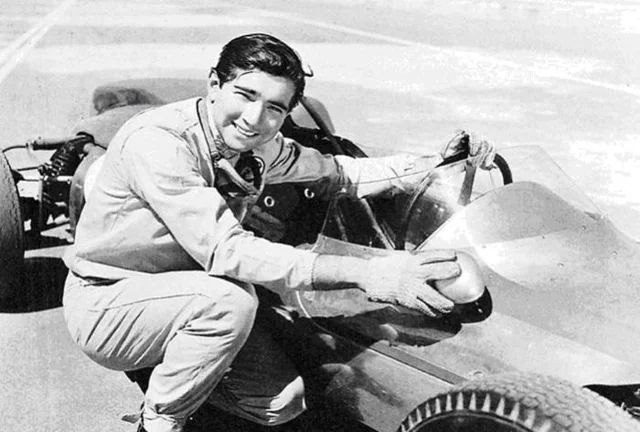
Ricardo’s F1 career, though fleeting, broke multiple records based on his youth. In 1961, at the age of 19 years and 208 days, he was given a guest drive by Scuderia Ferrari for the Italian Grand Prix. He surprised the entire paddock by qualifying second, making him the youngest driver in history to start from the front row. During the race, he exchanged the lead several times with seasoned champions like Phil Hill, demonstrating his immense potential, until a fuel pump failure ended his run.
He secured a full works drive with Ferrari for the 1962 season. Although Ferrari managed his schedule carefully due to his young age, Rodríguez delivered solid results, including a 4th place finish at the Belgian Grand Prix and a 6th place finish at the German Grand Prix. These performances also made him the youngest driver to score points in F1, a record he held until the 2000 Brazilian Grand Prix.
Statistic Detail | |
Debut Year | 1961 |
Teams | |
Best Finish | 4th (1962 Belgian GP) |
Legacy | The youngest driver to race for Ferrari (until 2024), he was the first Mexican F1 driver. His tragic death at age 20 during practice for the 1962 Mexican Grand Prix made him the youngest F1 driver to die, cementing his legacy as a brilliant but unfulfilled talent. His brother, Pedro, carried his name forward, and the Mexico City circuit is named in their honor. |
His prodigious career was cut tragically short during practice for the 1962 non-Championship Mexican Grand Prix at the Magdalena Mixiuhca Circuit. Ferrari opted not to enter the event, so Rodríguez signed to drive a Rob Walker Lotus 24. During the first day of unofficial practice, the Lotus suffered a rear right suspension failure at the dangerous Peraltada corner. The car hit the barriers, killing the 20-year-old almost instantaneously. His death provoked national mourning in Mexico. Ricardo’s friend and contemporary, Jo Ramírez, wrote that Rodríguez possessed a staggering natural gift: “He was considered a potential future champion already”.
Pedro Rodríguez: The Consistent All-Rounder
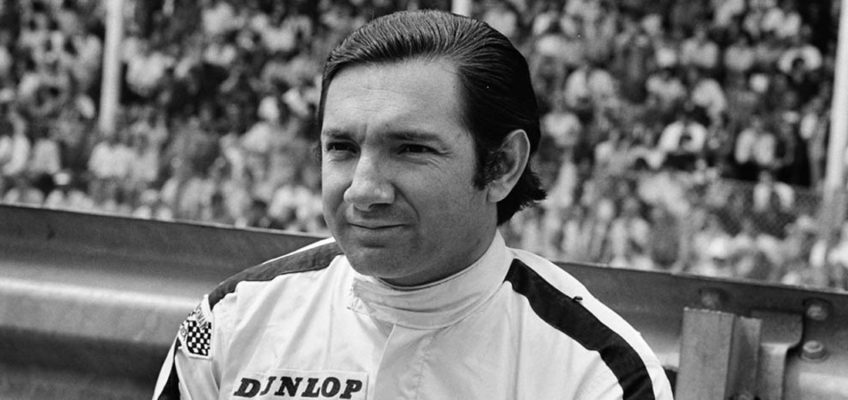
Pedro Rodríguez de la Vega (born 18 January 1940) was the elder brother of Ricardo and the second Mexican driver to enter Formula 1. After his younger brother’s sudden death in 1962, Pedro briefly contemplated retiring but chose to carry on racing, dedicating himself to the sport.
Pedro’s F1 career spanned nine seasons, from 1963 to 1971, driving for numerous teams including Lotus, Ferrari, Cooper, BRM, and Parnell. He achieved significant success, scoring 7 podiums and securing 2 victories. His first win, and the first ever Grand Prix win for a Mexican driver, came at the 1967 South African Grand Prix in a Cooper. He secured his second and final F1 win at the 1970 Belgian Grand Prix while driving for BRM. That victory was particularly notable because his average speed of 149.94 mph (241.31 km/h) set a new record for the highest average speed in F1 history at the time.
Beyond F1, Pedro was widely considered one of the sport’s greatest all-rounders, achieving tremendous success in endurance racing. He won the 1968 24 Hours of Le Mans in a Ford GT40 and became a two-time winner of the 24 Hours of Daytona with Porsche. Over the 1970 and 1971 seasons, he won eight races driving the iconic Porsche 917 for the JW-Gulf team, contributing significantly to Porsche’s World Sportscar Championship titles.
Statistic Detail | |
Debut Year | 1963 |
Teams | Lotus, Ferrari, Cooper, BRM, Parnell |
Best Finish | 1st (2 Wins: 1967 South African GP, 1970 Belgian GP) |
Legacy | One of F1’s great all-rounders, known for his exceptional wet-weather speed, achieving 2 Grand Prix wins and 7 podiums over his career. A decorated endurance racer, he won the 1968 24 Hours of Le Mans. His 1970 Belgian GP win was achieved at the highest average speed in F1 history at the time. He was the first Mexican to win an F1 race. |
Rodríguez was deeply proud of his heritage. Following his 1967 victory, the organizers, unprepared, played the “Mexican hat dance” instead of the national anthem. After that incident, Rodríguez always traveled with a Mexican flag and a record of the national anthem. He met his end in the same manner as his brother: while racing a sports car. On July 11, 1971, Pedro was killed at the Norisring in West Germany, driving a Ferrari 512 M in an Interserie race. His sustained success made him a monumental figure in Mexican motorsports.
Moisés Solana: The Number 13 Enigma
Moisés Solana Arciniega (1935–1969) participated in eight Formula 1 World Championship Grands Prix between 1963 and 1968. Solana’s career was characterized by diverse motorsport endeavors and unique distinctions. He was a highly proficient Jai alai player, using his earnings from the Basque sport to partly fund his racing career.
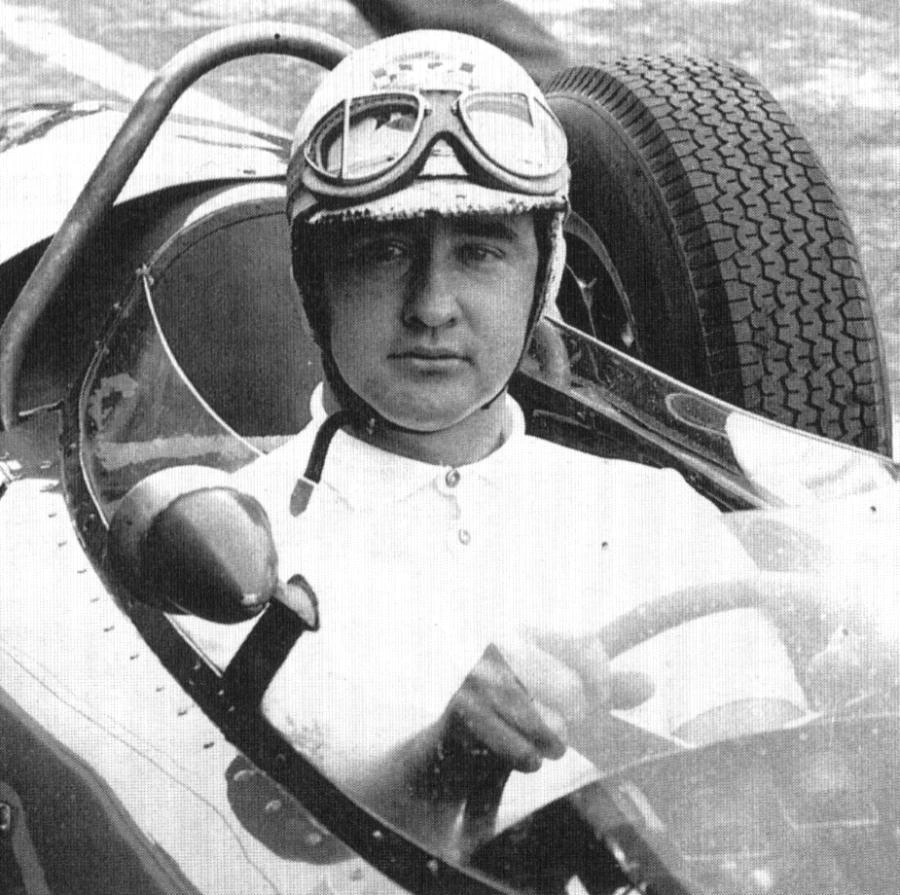
Solana drove for several teams over his five active years, including Cooper, Lotus, and a non-works BRM. His F1 career saw him start eight races, with his debut coming at the 1963 Mexican Grand Prix. His best finish was 10th at the 1964 Mexican Grand Prix.
Solana holds a unique place in F1 history for being the only driver in the history of the Formula One World Championship to start a race in a car bearing the number 13, doing so on his debut in the 1963 Mexican Grand Prix. This distinction was held until 2014 when Pastor Maldonado adopted the number permanently. He was a recognized talent on the Mexican racing scene, holding all the records in the Mexican road race categories and at the Magdalena Mixhuca circuit. Solana met his demise in a non-F1 accident on July 27, 1969, when he was killed in the Hillclimb Valle de Bravo-Bosencheve in Mexico after his McLaren went wide and crashed. Today, the first chicane at the Autódromo Hermanos Rodríguez is known as the Ese Moisés Solana (“the Moisés Solana Esses”).
Statistic Detail | |
Debut Year | 1963 |
Teams | Cooper, Lotus, Non-works BRM |
Best Finish | 10th (1964 Mexican GP) |
Legacy | A multi-talented sportsman who funded his racing partly through his skill as a Jai alai player. He holds the unique distinction of being the only driver in F1 history to start a World Championship race in the number 13 car until 2014. His legacy is honored at the Mexican Grand Prix circuit, where an iconic corner sequence bears his name. |
The Privateer Spirit: Héctor Rebaque
A significant gap followed the 1960s generation, lasting six years until Héctor Rebaque brought Mexico back to the F1 grid. Héctor Alonso Rebaque (born 1956) competed in Formula 1 from 1977 to 1981, marking the return of a Mexican driver following the death of Pedro Rodríguez.
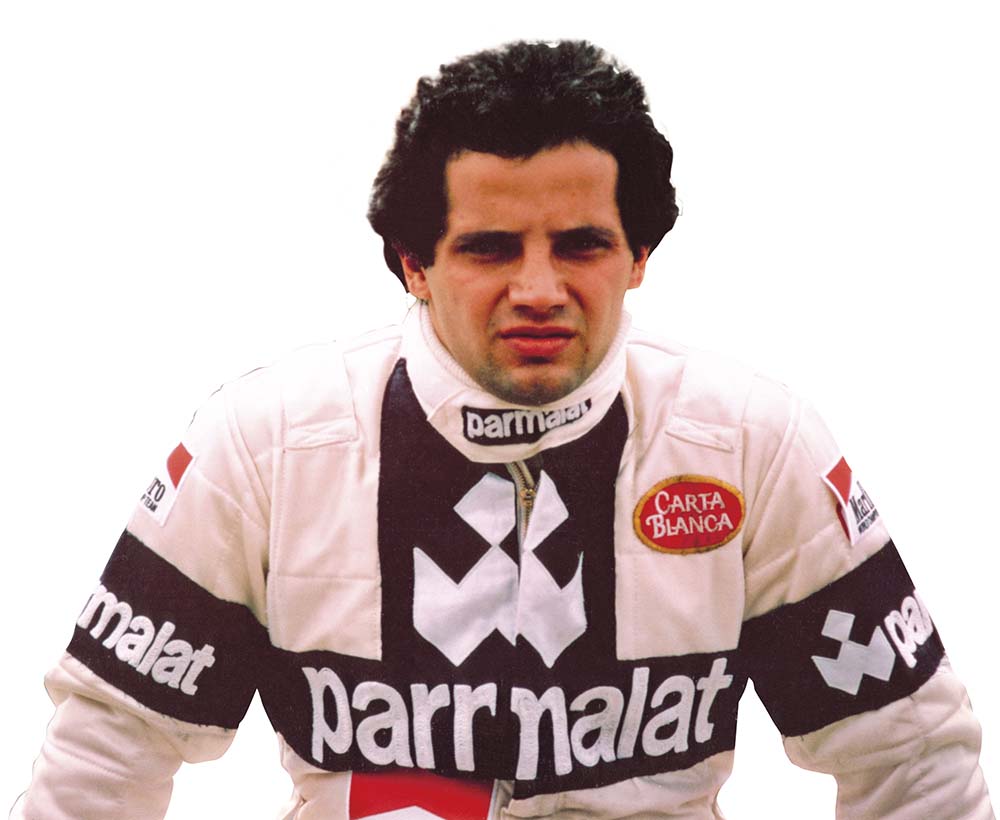
Rebaque participated in 58 Grands Prix, making 41 starts. His F1 career is notable for his entrepreneurial spirit. After a brief stint with Hesketh Racing, he founded his own team, simply named Rebaque. For the 1978 and most of the 1979 seasons, he raced a privateer Lotus chassis. In a remarkable display of ambition, he collaborated with Penske to construct his own chassis, the Rebaque HR100, which he campaigned in the final three Grands Prix of the 1979 season.
Statistic Detail | |
Debut Year | 1977 |
Teams | Hesketh, Rebaque (privateer/own team), Brabham |
Best Finish | 4th (Achieved three times in 1981) |
Legacy | A determined privateer who briefly became a constructor, fielding the Penske-designed Rebaque HR100. He later achieved his best F1 results as a works Brabham driver. After F1, he won a CART race in his rookie year before retiring from motorsport due to a testing crash, stating that he felt “oval racing was too dangerous”. |
He achieved his best results after securing a spot as a works driver for Brabham, replacing Ricardo Zunino mid-way through 1980. He stayed with the team throughout the 1981 season, where he consistently demonstrated strong pace. His greatest success in F1 came in 1981, securing three 4th-place finishes—at the San Marino, British, and Dutch Grands Prix—contributing to a total of 11 points that year. He finished the 1981 season 10th in the World Drivers’ Championship, his best career result. In total, Rebaque scored 13 career points.
Rebaque transitioned to American open-wheel racing in 1982, competing in CART. He found immediate success, winning the Road America 200 in his rookie season. However, his oval racing career was short-lived. He retired from motorsport entirely at age 27 after an injury in a testing crash. Explaining his departure from that form of racing, he stated, “oval racing was too dangerous”. Following his retirement from the circuit, Rebaque moved into the world of business, particularly architecture, in Mexico.
The Modern Era: Gutiérrez and Pérez
The most recent generation of Mexican drivers arrived with the new millennium, representing a sustained presence in F1 that the country had lacked for decades.
Esteban Gutiérrez: The Ferrari Test Driver
Esteban Gutiérrez (born 1991) first entered F1 in 2013 with Sauber, becoming the fifth Mexican driver to compete in the championship. Gutiérrez’s career was defined by promise in junior series and frustrating consistency in F1. He raced for Sauber for two seasons (2013 and 2014) and, after a year as a test driver for Ferrari, returned to the grid with the new Haas F1 Team for the 2016 season.
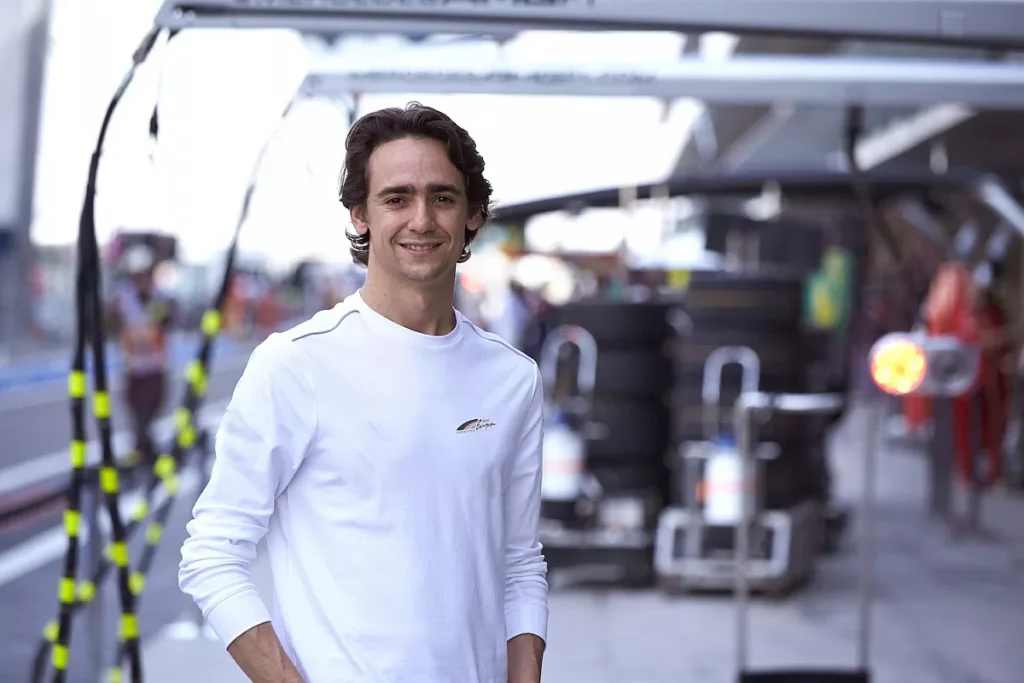
In his 59 Grand Prix starts, Gutiérrez consistently performed close to the midfield but never achieved a podium finish. Crucially, he did not score a single championship point in the standard F1 format, despite his best efforts often placing him just outside the top ten. His career totals listed a fastest lap and 6 career points.
Statistic Detail | |
Debut Year | 2013 |
Teams | Sauber, Haas F1 Team, Ferrari (Test Driver) |
Best Finish | 11th (Highest Classified Finish) |
Legacy | Represented Mexico for 59 Grand Prix starts across two teams, following a successful junior career. Although he recorded 0 podiums and 0 wins, he contributed to the sport’s modern presence in Mexico and recorded a Fastest Lap in 2013. He successfully bridged the gap to the modern era of Mexican racing. |
Gutiérrez’s career trajectory highlighted the difficulties faced by drivers in mid-to-lower-field teams in the modern F1 era, where opportunities for points were scarce. Though he did not secure a high finish, his tenure with Ferrari as a test driver (2015) and his work with the Haas team were valuable contributions to his nation’s presence in the sport.
Sergio Pérez: The Veteran Winner
Sergio Michel “Checo” Pérez Mendoza (born 1990) is currently the most successful Mexican driver in Formula 1 history. Known widely by his nickname, “Checo”, Pérez debuted in 2011 with Sauber and has established a long, successful career spanning multiple teams including McLaren, Force India, Racing Point, and most recently, Red Bull Racing.
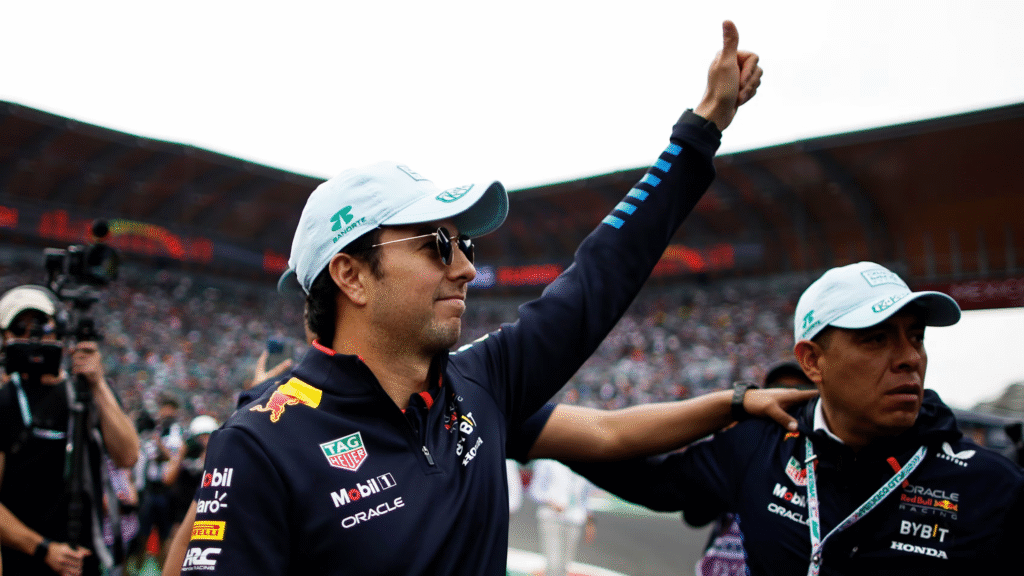
Pérez holds the distinction of being the first Mexican F1 driver to achieve a pole position, which he secured at the 2022 Saudi Arabian Grand Prix in his 219th Grand Prix meeting. He holds the F1 record for the most starts before both a race win (190) and a pole position (219), underscoring his remarkable persistence and longevity.
His career is defined by key breakthroughs. Pérez achieved his maiden podium in 2012 at the Malaysian Grand Prix with Sauber. After an unsuccessful year with McLaren in 2013, he moved to Force India in 2014, where he spent six consistent seasons, often punching above the car’s weight and accumulating multiple podiums, showcasing his exceptional tyre management skills. His most dramatic victory, and his maiden win, came in the 2020 Sakhir Grand Prix for Racing Point, where he recovered from last place on the first lap to take the checkered flag.
Statistic Detail | |
Debut Year | 2011 |
Teams | |
Best Finish | 1st (6 Wins) |
Legacy | The most successful Mexican F1 driver, holding records for the most starts before a win (190) and a pole (219). He has achieved 6 wins and 39 podiums, peaking with a World Drivers’ Championship runner-up finish in 2023. Known as “Checo,” his resilient career from the midfield to a top team has made him a national icon. |
Pérez’s move to Red Bull Racing in 2021 launched him into championship contention. He took his first victory for the team at the 2021 Azerbaijan Grand Prix and secured further wins, including the Monaco and Singapore Grands Prix in 2022. His best career season came in 2023, where he won both the Saudi Arabian and Azerbaijan Grands Prix, ultimately finishing runner-up in the World Drivers’ Championship. In total, Pérez has secured 6 wins, 39 podiums, 3 pole positions, and 1638 career points across his active years.
Pérez’s career reflects a deep engagement with his personal life and goals. In a 2012 interview, he revealed that if the path to professional driving had not materialized, he would have liked to have been “a lawyer”. His accomplishments have cemented his status not just as a national icon, but as one of the most resilient and strategic drivers of his generation.



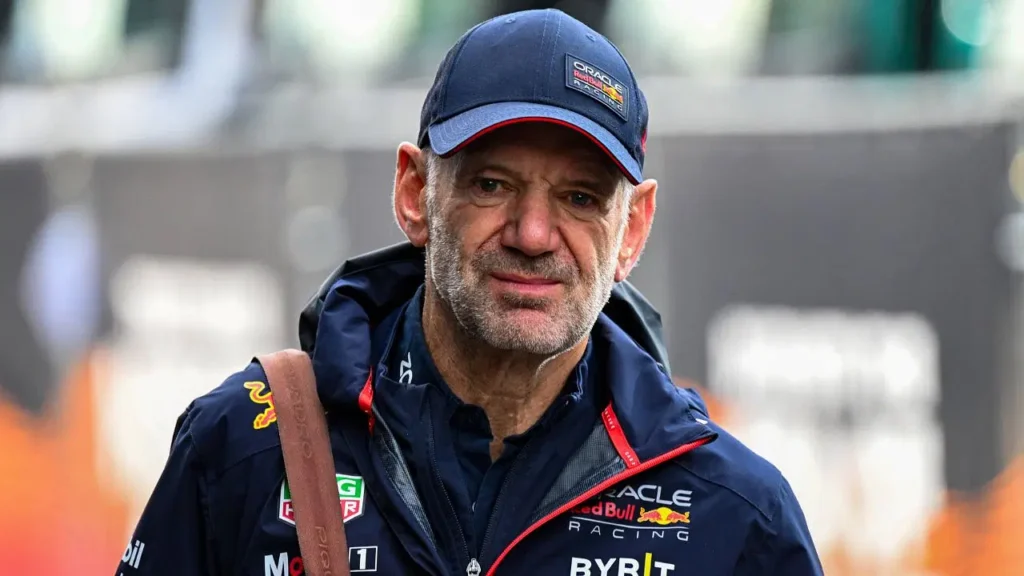
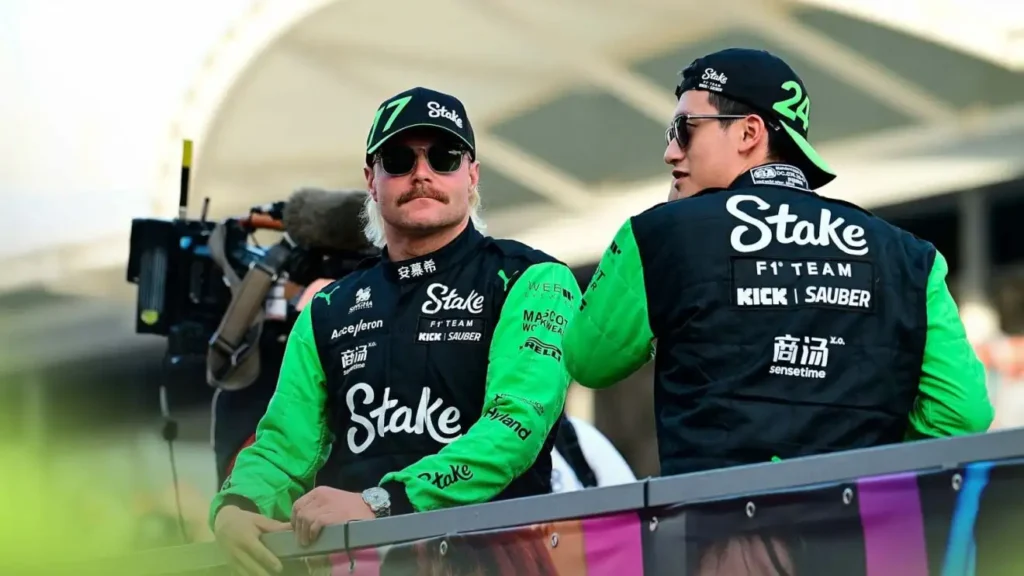
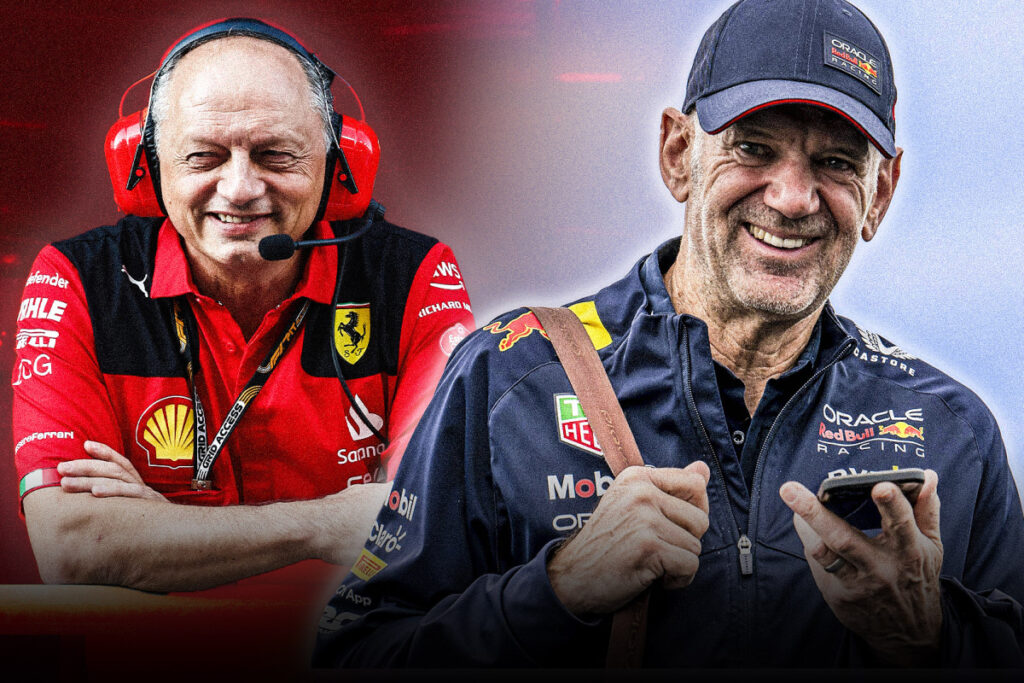
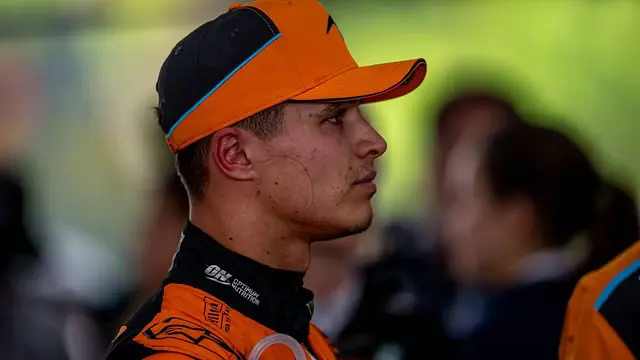
Willingly I accept. An interesting theme, I will take part. I know, that together we can come to a right answer.
——
https://greenhitz.com/profile/104919-findycarlt/?tab=field_core_pfield_15
The structure of this piece is excellent.
It is remarkable, this valuable opinion
——
https://hosting.estate/tags/%D1%82%D1%80%D0%B5%D0%BD%D0%B4%D1%8B%20%D0%BF%D0%BE%D0%BA%D1%83%D0%BF%D0%B0%D1%82%D0%B5%D0%BB%D0%B5%D0%B9/
I am sorry, it not absolutely approaches me. Who else, what can prompt?
——
https://forum.wireltern.ch/beitraege/marktplatz-diverses/reiseplanung-fuer-den-winterurlaub/?tx_mmforum_pi1%5Bpid%5D=seite#pid2487231